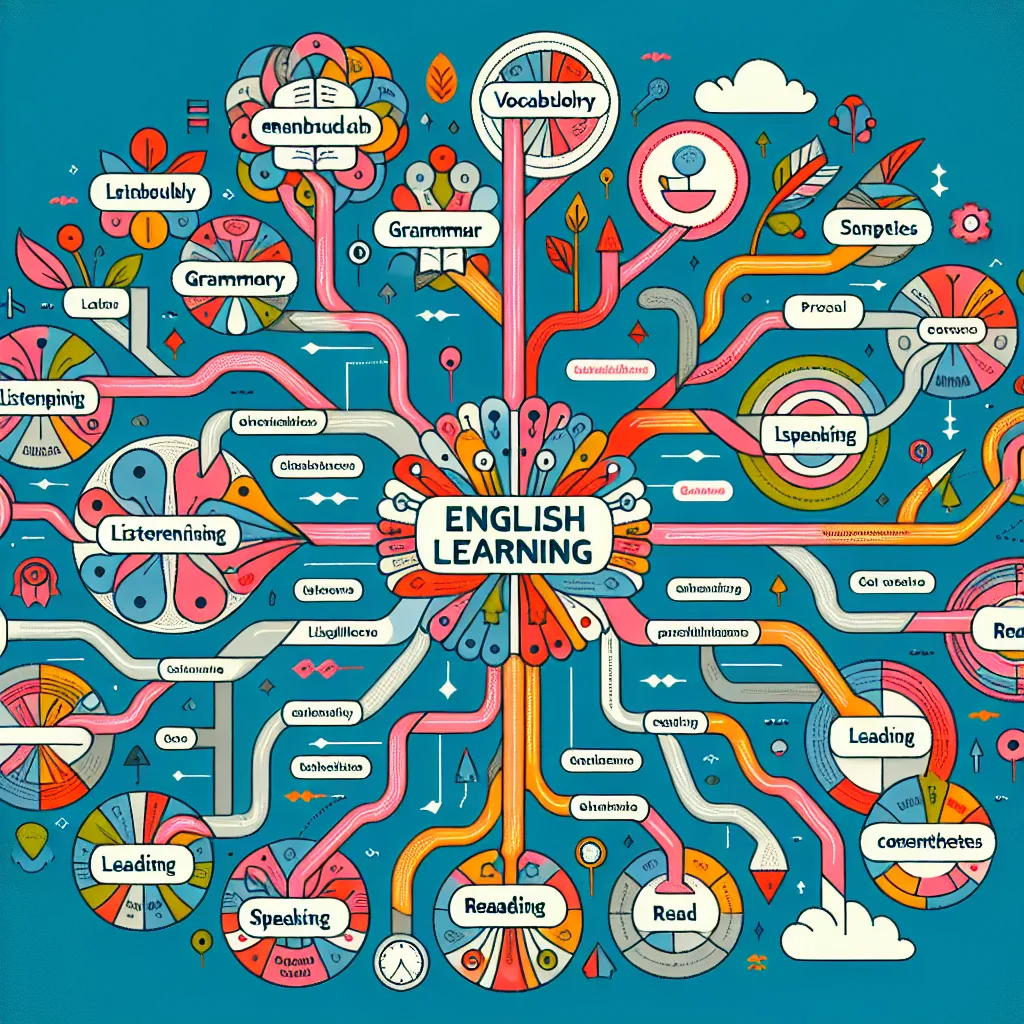Taking effective notes in English is a crucial skill for language learners, students, and professionals alike. Whether you’re attending lectures, participating in meetings, or studying independently, mastering the art of note-taking can significantly enhance your understanding and retention of information. In this article, we’ll explore ten essential tips to help you improve your English note-taking skills and boost your language learning journey.
Why is Effective Note-Taking Important in English?
Before diving into the tips, it’s essential to understand why effective note-taking is particularly important when learning or using English. As a non-native speaker, you may encounter unfamiliar vocabulary, complex sentence structures, or fast-paced conversations. Good note-taking helps you:
- Capture key information quickly
- Review and reinforce your understanding later
- Identify areas where you need more practice
- Improve your listening and comprehension skills
- Enhance your overall language proficiency
Now, let’s explore the tips that will help you become a more efficient note-taker in English.
 Effective English Note-Taking
Effective English Note-Taking
1. Use Abbreviations and Symbols
One of the most effective ways to speed up your note-taking is to use abbreviations and symbols. This technique allows you to capture information quickly without losing the context. Here are some common abbreviations and symbols to get you started:
- w/ = with
- w/o = without
- e.g. = for example
- i.e. = that is
- & = and
- → = leads to / results in
- ↑ = increase / rise
- ↓ = decrease / fall
Create your own set of abbreviations for frequently used words or phrases in your field of study or work. Just make sure you can easily remember and decipher them later.
2. Focus on Key Words and Phrases
Instead of trying to write down every word you hear, concentrate on capturing the main ideas and key phrases. Listen for words that are emphasized or repeated, as these are often crucial to understanding the overall message. For example:
Full sentence: “The Industrial Revolution had a significant impact on urbanization in the 19th century.”
Key phrase note: “Industrial Rev. → urbanization (19th c.)”
This approach allows you to grasp the essential information without getting bogged down in details.
3. Develop a Personal Shorthand System
Building on the use of abbreviations, create a personalized shorthand system that works for you. This might include:
- Using initials for common phrases (e.g., “AI” for Artificial Intelligence)
- Omitting vowels from longer words (e.g., “cmptr” for computer)
- Using mathematical symbols (e.g., “+” for “and” or “plus”)
The key is consistency and ensuring that you can easily interpret your notes later.
4. Utilize the Cornell Note-Taking System
The Cornell method is a structured approach to note-taking that can be particularly helpful for English learners. It involves dividing your page into three sections:
- Notes (right column): Write your main notes here during the lecture or meeting.
- Cues (left column): After the session, write questions or key points that correspond to your notes.
- Summary (bottom): At the end, summarize the main ideas in a few sentences.
This system helps you organize information and makes it easier to review and study later.
5. Embrace Mind Mapping
Mind mapping is a visual note-taking technique that can be especially useful for visual learners or when dealing with complex topics. To create a mind map:
- Write the main topic in the center of your page
- Branch out with subtopics and related ideas
- Use colors, symbols, and short phrases to connect concepts
This method helps you see the relationships between different ideas and can make it easier to remember information.
 Mind Mapping for English Notes
Mind Mapping for English Notes
6. Practice Active Listening
Effective note-taking starts with active listening. Train yourself to focus on the speaker’s main points and overall message. Some strategies for active listening include:
- Maintaining eye contact with the speaker (when appropriate)
- Avoiding distractions (put away your phone, close unnecessary tabs)
- Mentally summarizing what you’ve heard at regular intervals
- Asking questions for clarification when possible
Remember, the goal is to understand the content, not just transcribe it.
7. Use Technology Wisely
While traditional pen-and-paper note-taking has its merits, digital tools can offer additional benefits for English learners. Consider using:
- Note-taking apps with speech-to-text features
- Digital pens that convert handwriting to text
- Recording apps (with permission) to supplement your written notes
However, be cautious not to rely too heavily on technology. The act of processing and writing information yourself is crucial for learning and retention.
8. Review and Revise Your Notes
After taking notes, set aside time to review and revise them while the information is still fresh in your mind. This process helps reinforce your understanding and allows you to:
- Fill in any gaps or unclear points
- Highlight key information
- Add examples or additional context
- Identify areas where you need further clarification
Regular review of your notes is essential for long-term retention and language improvement.
9. Incorporate English Vocabulary Building
Use your note-taking as an opportunity to expand your English vocabulary. When you encounter unfamiliar words or phrases:
- Highlight or underline them
- Write down the context or a brief definition
- Create a separate vocabulary section in your notes
Later, you can look up these words and create flashcards or use spaced repetition techniques to memorize them.
10. Practice, Practice, Practice
Like any skill, effective note-taking in English improves with practice. Set aside time to:
- Take notes while watching English videos or podcasts
- Summarize English articles or book chapters
- Attend English language meetups or webinars and practice your note-taking skills
The more you practice, the more natural and efficient your note-taking will become.
Conclusion
Mastering the art of effective English note-taking is a valuable skill that can significantly enhance your language learning journey. By implementing these ten tips, you’ll be well on your way to becoming a more efficient and confident English note-taker. Remember, the key is to find a system that works best for you and to practice consistently.
As you continue to improve your note-taking skills, you may also want to explore other strategies for enhancing your overall English proficiency. For example, learning how to use language exchange apps effectively can provide valuable opportunities to practice your listening and speaking skills with native speakers.
Additionally, if you’re preparing for English language tests, you might find our article on strategies for improving English test-taking skills particularly helpful in applying your note-taking abilities to exam situations.
We’d love to hear about your experiences with English note-taking. What techniques have you found most helpful? Share your thoughts in the comments below and join the conversation with fellow English learners!




